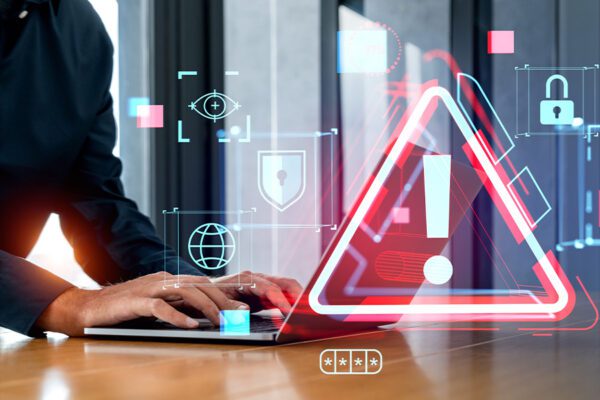Cybercriminals are smart and have turned stealing money from innocent people into an art form. The more we use technology to simplify our lives, the more at risk we become.
Our computers, phones, tablets and even gaming systems can be the target of a cyber-attack and can be an access point to run up fraudulent charges, take your identity and drain your bank accounts.
Your inbox is probably your most vulnerable spot. We’ve all gotten emails from whom we thought were legitimate organizations – Amazon, PayPal, a credit card company, a bank and even the IRS – only to learn that these scammers were disguised as those companies “phishing” for valuable personal information that can be sold and used on the black market.
According to the FCC, fraudulent emails (and even text messages) lure you in by telling a story to make sure you do what they want you to do! From offering you free stuff or coupons to sending you fake invoices that you must pay now to claiming there is a problem with your account requiring you to log in and change your password or confirm personal information.
Sadly, we often see spikes in cybercrime attempts during times of crisis such as the pandemic, natural catastrophe events or anytime there is an opportunity to play on the heartstrings of giving individuals. Cyber thieves pose as charitable organizations stealing money for their own profit, and they often target the most vulnerable – the elderly.
How to Protect Yourself
There are a few tips to protect you and your family when it comes to fraudulent email scammers. The most important thing is to KNOW who your emails are really coming from.
- If the domain name (the section after the @symbol) is the same as the sender of the message, it’s probably ok. But if it isn’t – that’s a red flag. Report it as spam, delete it, and do not click on it or open any attachments.
- If you are unsure if an email is legitimate, pick up the phone and call – but don’t use any number that may be on the email. If it’s from a bank or credit card, do an internet search to find their customer service or fraud line.
- If calling isn’t an option – delete the email. If it’s a legitimate email and important, the real sender will get in touch with you in another way.
If you can, use a credit card versus a debit card or personal bank account to pay for items online. Credit cards will typically refund money for scams much quicker than banks.
Be proactive and endorse your Homeowner’s policy with Personal Cyber Liability insurance coverage. Personal Cyber Liability endorsement coverages and costs vary by state and insurance carrier. Most provide coverage for:
- Cyber Extortion – The insurance will provide payments and expert assistance in response to cyber-extortion demands.
- Online Fraud – The policy would cover financial loss, forgery, illegal bank and credit card transfers and phishing schemes caused by online fraud.
- Cyber Attacks – Pay to recover data and fix systems such as computers, mobile devices, security systems and smart appliances that are damaged or ruined due to a cyber-attack.
Just as important as the financial coverage, you’ll have experts on your side who understand the world of cyber theft – they will hold your hand and walk you through the process. Adding this endorsement to your homeowner’s insurance policy is an affordable way to add another layer of protection if you or someone in your household becomes a victim of cyber theft.
If you need a new homeowner’s insurance policy or are ready to endorse your current one with Personal Cyber Liability insurance coverage, reach out to our expert personal insurance team at The Horton Group by calling 800-383-8383 or stop by one of our convenient locations today. We are here to ensure you have the protection you need when the unthinkable happens.
Material posted on this website is for informational purposes only and does not constitute a legal opinion or medical advice. Contact your legal representative or medical professional for information specific to your legal or medical needs.



